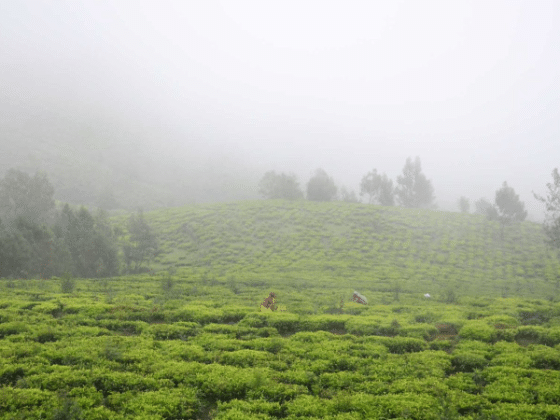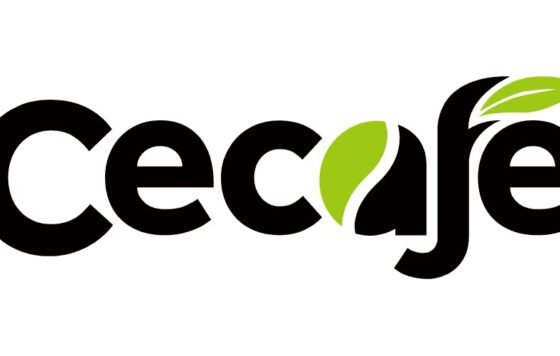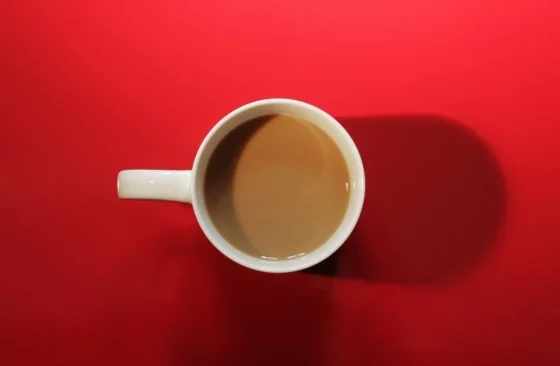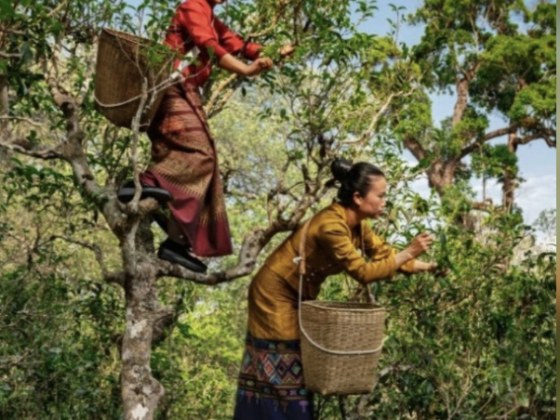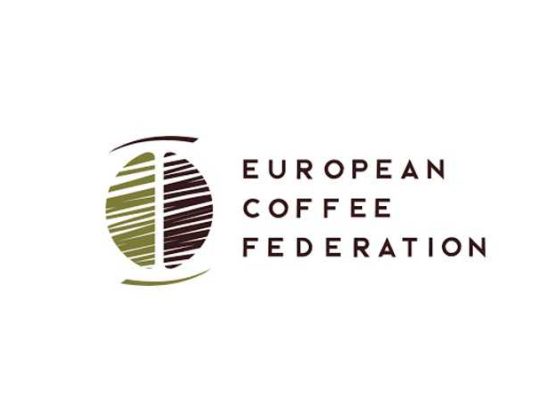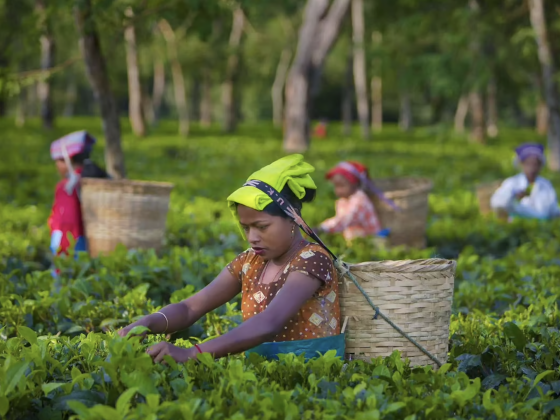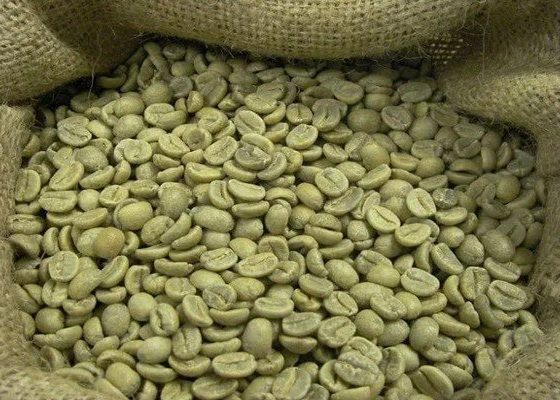Seattle’s abundance of coffee and chocolate provided a unique research opportunity for Pacific Northwest Diabetes Research Institute (PNDRI) scientist Aimée Dudley, Ph.D. In a paper published today in the Cell Press journal Current Biology, Dr. Dudley revealed a surprising discovery that her lab made about the genetic diversity of yeast, a discovery made by way of locally acquired coffee and cacao beans.
Dr. Dudley, a genetics researcher and yeast expert, uses yeast as a model for conducting research to better understand the genetics underlying human biology and human disease. As with animal models, yeast have genes that perform the same functions as they do in humans. An important difference is that yeast provide the opportunity to conduct studies over the course of days or weeks, which would otherwise take months or years in animal models.
In order to strengthen her research efforts, Dr. Dudley sought new yeast cells with broad genetic diversity. “Domesticated, uniform yeast strains that most yeast laboratories use don’t always respond the way the wild strains do,” says Dr. Dudley which led her and the scientists in her laboratory to search for yeast from a variety of natural environments around the world.
“There are places in the world where yeast have never been sampled,” said Dr. Dudley, “For example, the whole Southern Hemisphere is a yeast frontier. But since we couldn’t book an around-the-world trip, we decided to hunt locally.” Seattle’s coffee beans come from all over the world so Dudley and her colleagues purchased green coffee beans from Seattle markets and looked for traces of yeast. This led to the discovery that the yeast on coffee beans from Yemen was different from the yeast on coffee beans from Colombia.
“This was the big surprise,” said self-identified yeast geek, Dr. Dudley. It was already known that the yeast that ferments wine is identical anywhere in the world, which means that the yeast on the grapes in Bordeaux is the same as on the grapes grown in Walla Walla. “But it turns out that’s not true for the yeast on coffee beans.” In fact, the genetics of the coffee bean yeast is so diverse that if you give Dr. Dudley an unroasted coffee bean, she can tell you precisely where in the world it grew. And the same is true for cacao beans.
While Dr. Dudley is most interested in studying yeast is a model to study the causes of diseases such as cancer, Down syndrome, and rare metabolic diseases, her research findings have implications for better understanding some of life’s simple pleasures. “It wasn’t clear until now the role that yeast play in the fermentation of coffee. That new knowledge could lead to improvements in the fermentation process for coffee and chocolate, and, ultimately, improvements in their taste.” All from the basic study of yeast and an open mind about where it might lead.
Source: pnri.org/newsroom/flavors-we-love-in-coffee-and-chocolate-start-with-yeast/


